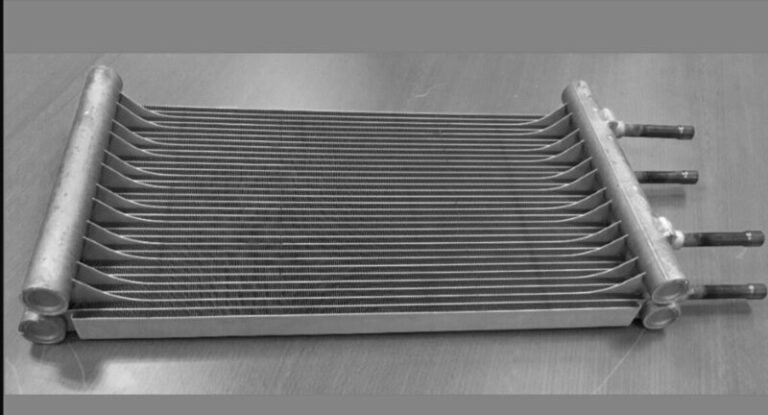If you ever want to experience the antiquity of Indian traditional art, cave paintings are the best examples of the richness and intense nature of the art culture, which resided in this nation thousands of year back.
Surprisingly, this invaluable treasure of Indian art was not discovered and known even to the Indians before the year 1819. It was the British hunting party led by Captain John Smith, a cavalry officer from Madras (present day Chennai) who first discovered the artistically developed murals on the caves of Ajanta, situated in the state of Maharashtra.
The 29 caves that were found represented a historic and stupendous work of ancient artisans. Not only Ajanta but places such as Ellora, Bhimbetka (Madhya Pradesh), and Elephanta caves are few of the many alluring sites that depict the aesthetical nature and sophistication that was present in the artistry of ancient men.
Cave paintings are often dated back to the thousands of year and are a strong representation of how culture and art can stand the test of time through human creativity. Through this article, I am going to present some of the most appealing cave paintings that denote the true spirit of this great nation:
Ajanta Caves
Located 109kms from the city of Aurangabad (Maharashtra), this location is already recognized by UNESCO as a heritage site in the year 1983. The exemplary depiction of Buddha, his life, his incarnations, and his teachings on the wall of these 29 caves show the excellence of artistry achieved by the ancient men.
Some of these caves also represent Hindu deities and their tales through impeccable work of artistry. Along with the paintings, Ajanta caves also have breath-taking frescos. Both, the paintings and the frescos make our jaw drop representing a fine example of how advanced or superior the architect, engineering and the artistry of that era were.
It is believed that these caves were built in two time zones. Dated back to the 2nd century BC – 480 AD, the murals on the cave walls are now restored by the Indian archaeologists. All the 29 caves are now standing tall showing us the eloquence and the gracefulness embedded in each of the murals and frescos. All the caves are chronologically numbered to ease the navigation between them. The oldest of the murals (i.e. from the 2nd century BC) are carved in the caves 1, 2, 6, 7, 9, and 10 while you can get a glimpse of some impeccable artworks in the cave 16, 17, 19, 20, 26, and 27.
A lot of historians suggest that with the end of the construction of Ajanta caves, the ancient period ended (480 AD) and the medieval age started in India.
Badami Caves
Another impressive representation of the Indian traditional paintings can be found in the Badami region of Karnataka. These caves are believed to be from the Chalukya dynasty time epoch. The caves are believed to be carved out in the late 6th and the early 7th century.
Indian artists in the ancient times were quite fantastic as it can be seen in the Cave 3 of this site. Cave 3 has the exquisitely crafted mural showcasing the four-armed God Brahma on his swan.
Bagh Caves
Remarkable is the word that first come to my mind when I first time experienced most elegant and superbly developed paintings that are dated to the late 4th century – 6th century AD.
Caves 2, 3, 4, 5, and 7 hold some of the amazing artwork of early India. Some art experts and historians have even compared the artistry of these cave paintings with the Ajanta, Ellora caves.
These caves are situated in the Bagh region of Madhya Pradesh.
Ellora Caves
Whenever you feel that ancient India lacked the skill of engineering and art, take a visit to the Ellora caves in Maharashtra.
This site is known to encompass caves that belong to the time frame of 630 – 700 AD that consists of beautifully engraved murals of Buddhist pantheon. The other highlights of this epic symbol of Indian traditional paintings can be experienced in cave 16, which is known as Kailasanatha and is believed to be built around 760 – 860 AD.













